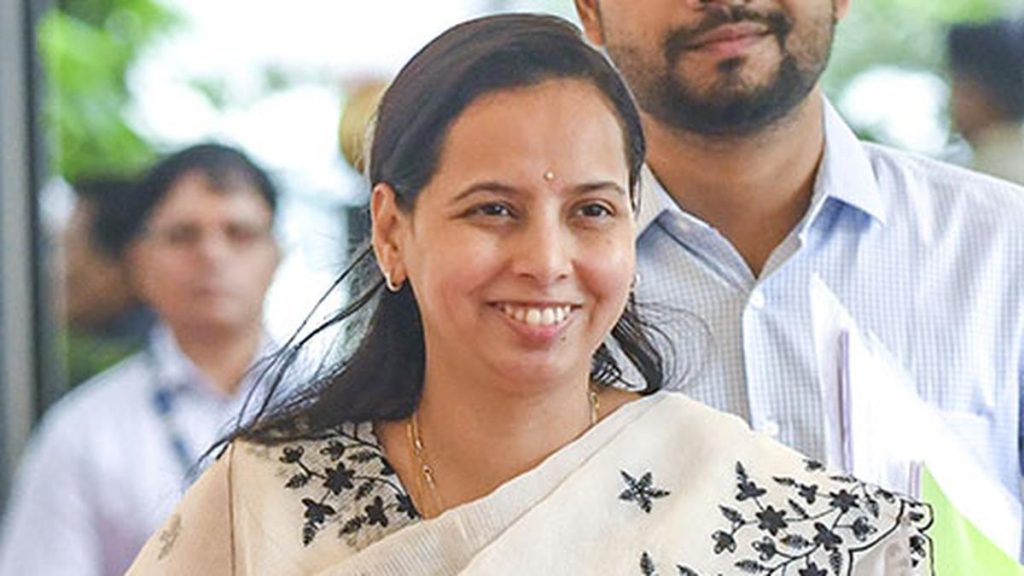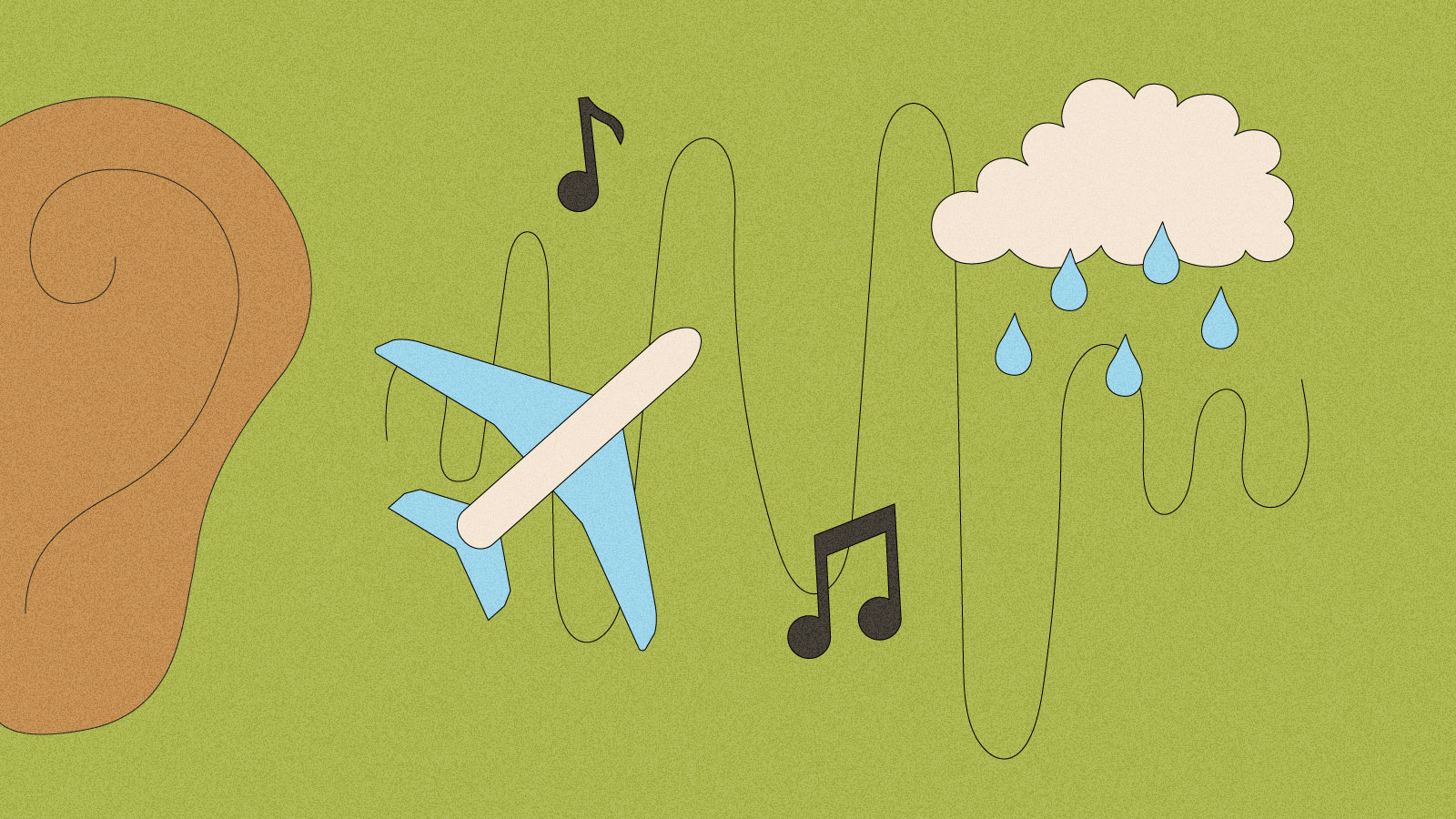Now Reading: New Study Challenges Long-Held Beliefs on Brain Plasticity
-
01
New Study Challenges Long-Held Beliefs on Brain Plasticity
New Study Challenges Long-Held Beliefs on Brain Plasticity

Rapid Summary
- Research Focus: Pitt researchers identified how the brain uses distinct synaptic transmission sites for different types of plasticity.
- Published Findings: Study featured in Science Advances demonstrates separation between spontaneous transmissions and evoked transmissions in the brain’s synaptic activity.
- Study Details:
– Conventional assumption was that both transmission types relied on shared molecular machinery at one canonical site.
– Using a mouse model, researchers found separate sites with different developmental timelines and regulatory rules within the primary visual cortex.
– Spontaneous transmissions plateaued after eye opening, while evoked signals strengthened when visual input began processing.
- Key Experiment: Chemical activation of silent postsynaptic receptors boosted spontaneous activity without changing evoked signals, confirming distinct roles for each type.
- Purpose of Separation:
– Spontaneous activity supports consistent background signaling (stability/homeostasis).- Evoked transmissions refine learning pathways (flexibility/Hebbian plasticity).
- Broad Implications:
– Findings provide insight into brain mechanisms relevant to memory, learning, and adaptability.
– Could advance understanding of conditions like autism, Alzheimer’s disease, or substance use disorders where synaptic signaling disruptions occur.
Indian Opinion analysis
The study reshapes foundational assumptions about neuroscience by showing how the brain achieves balance between stability and flexibility via separate transmission systems. This dual mechanism is crucial for optimizing neural plasticity-essential for processes such as memory formation and adaptive learning.
For India’s growing focus on neurology research and mental health awareness programs, such findings emphasize the importance of advancing basic scientific understanding before tackling complex clinical issues linked to neurological diseases like Alzheimer’s or autism. Given india’s high prevalence of mental health conditions compounded by rapidly evolving societal changes, deeper insights into essential brain functions could inform targeted therapies.
Additionally, this revelation aligns with global efforts to develop interventions addressing psychiatric disorders-a field increasingly recognized under India’s healthcare initiatives. Building collaborative research partnerships around such topics may help position India as a contributor in cutting-edge neuroscience while offering solutions tailored to its population’s unique health challenges.read More

























